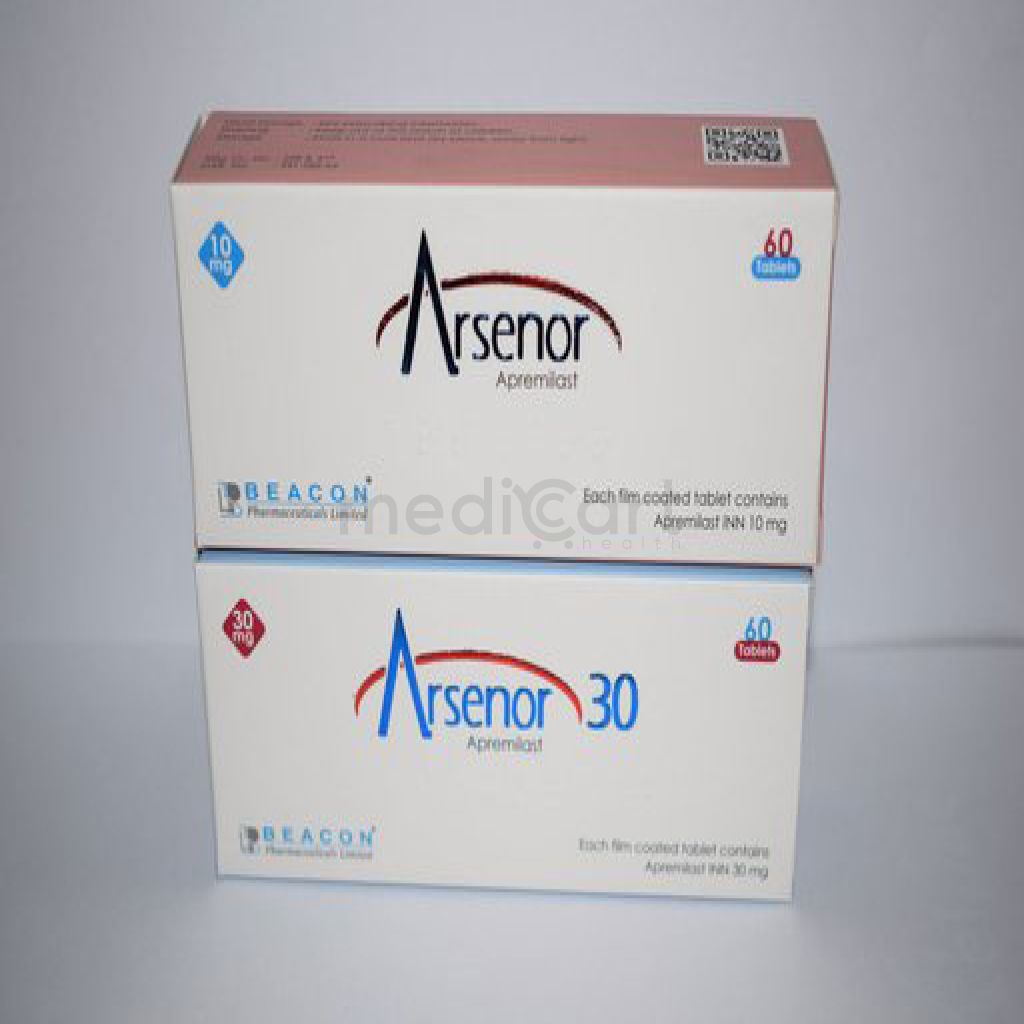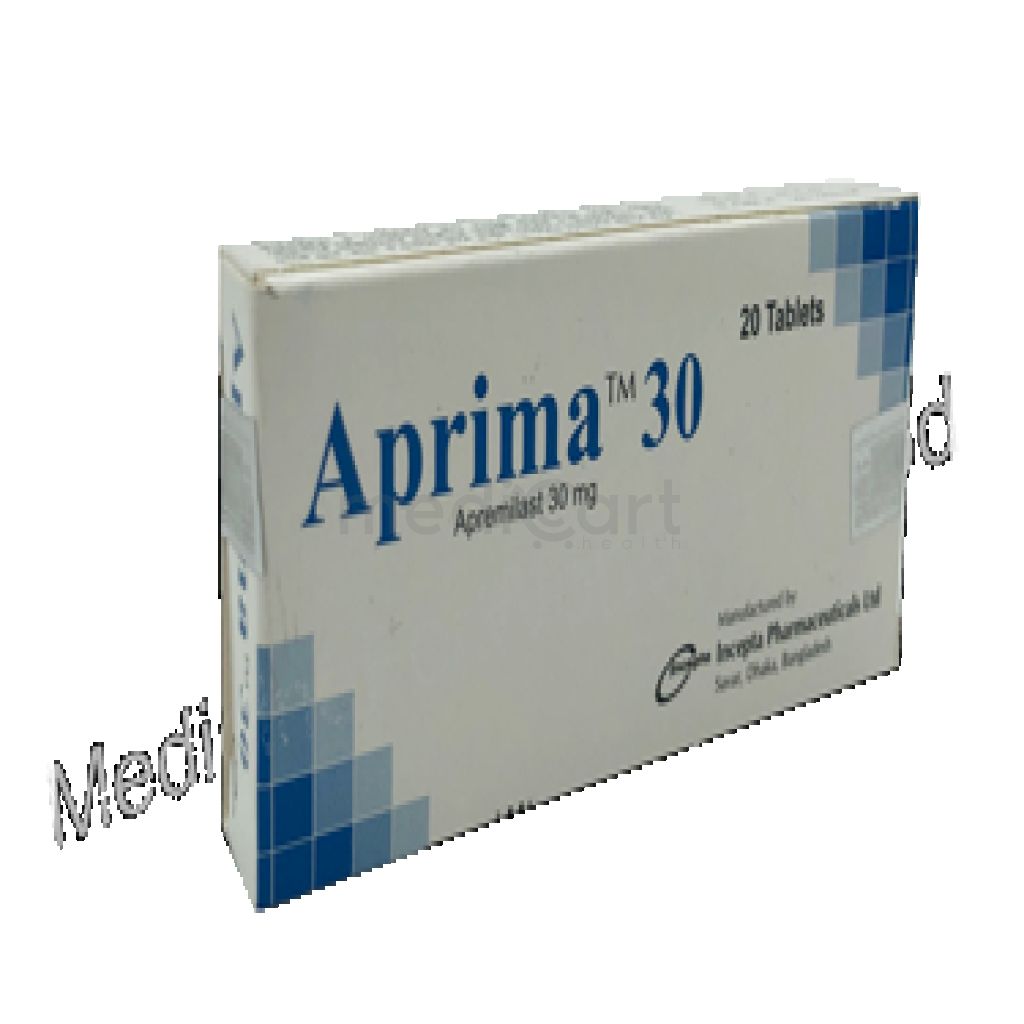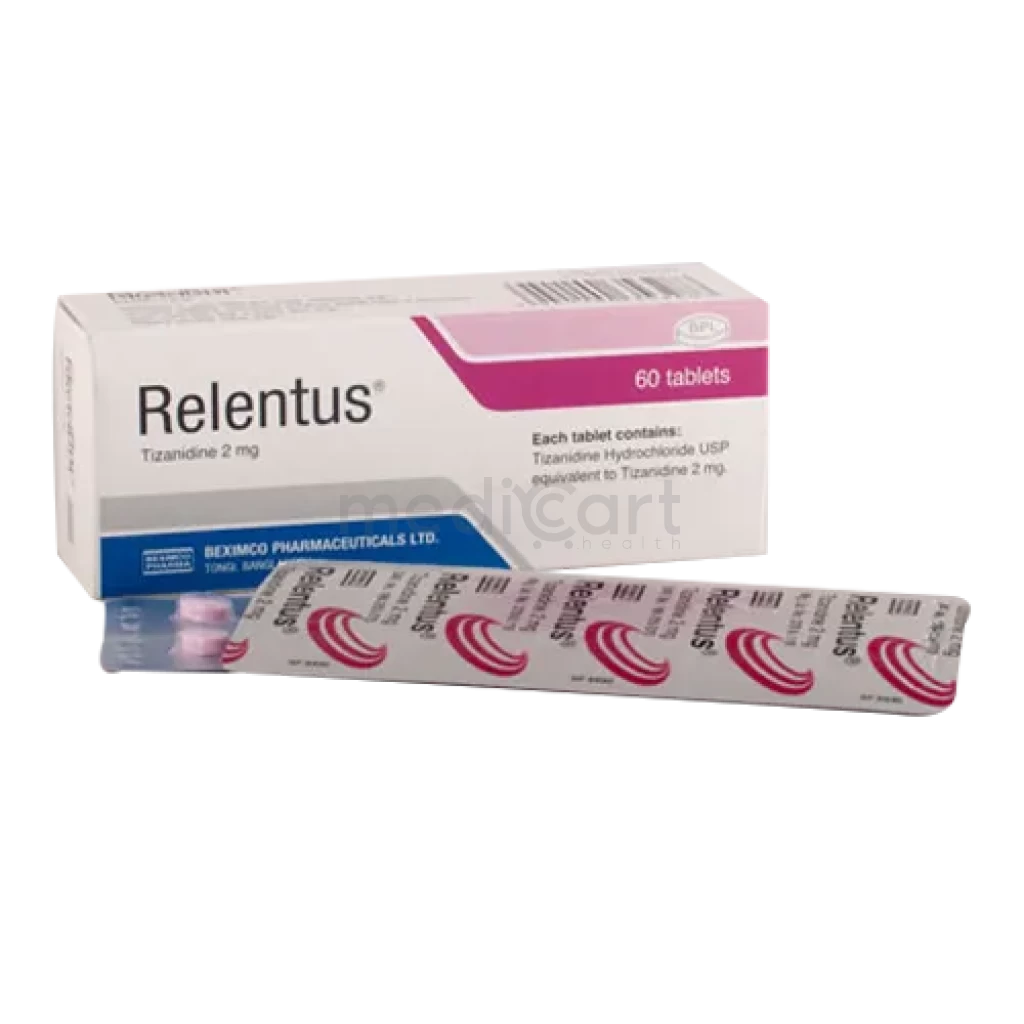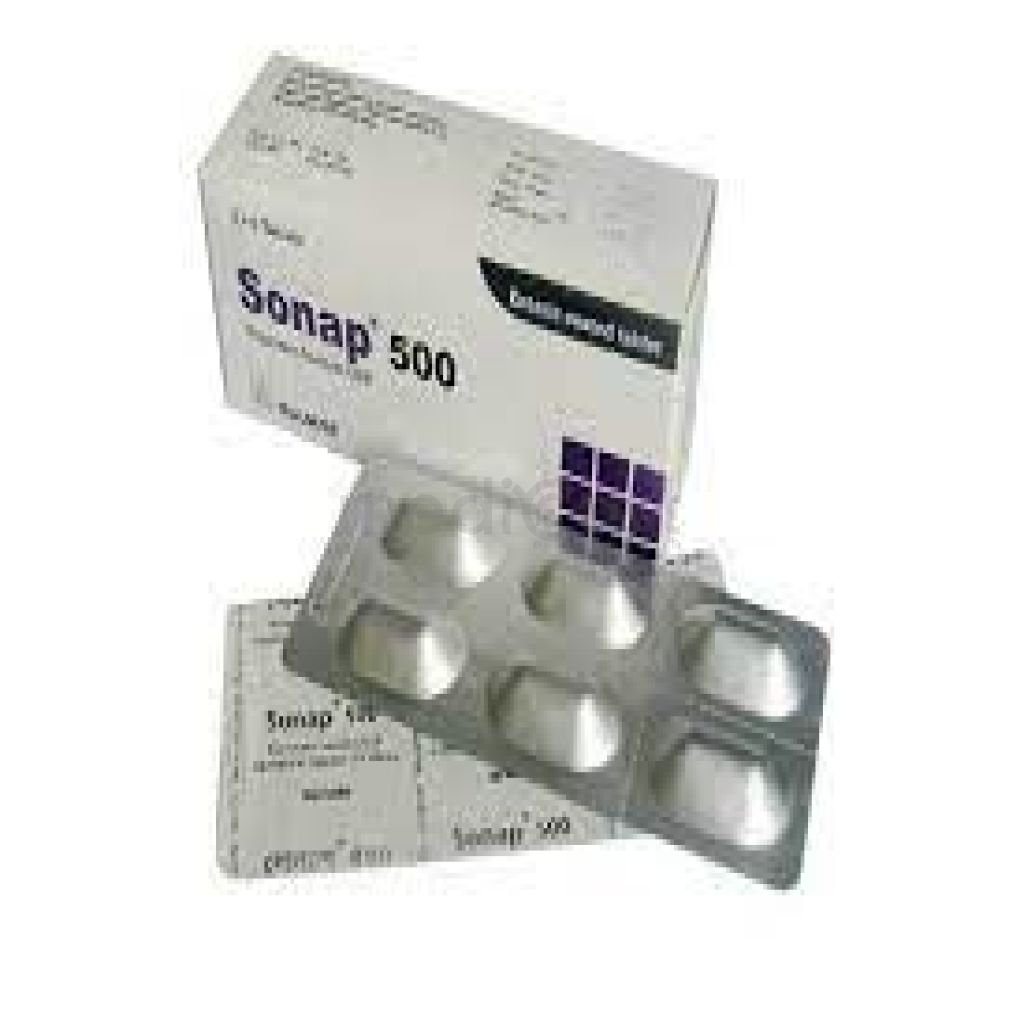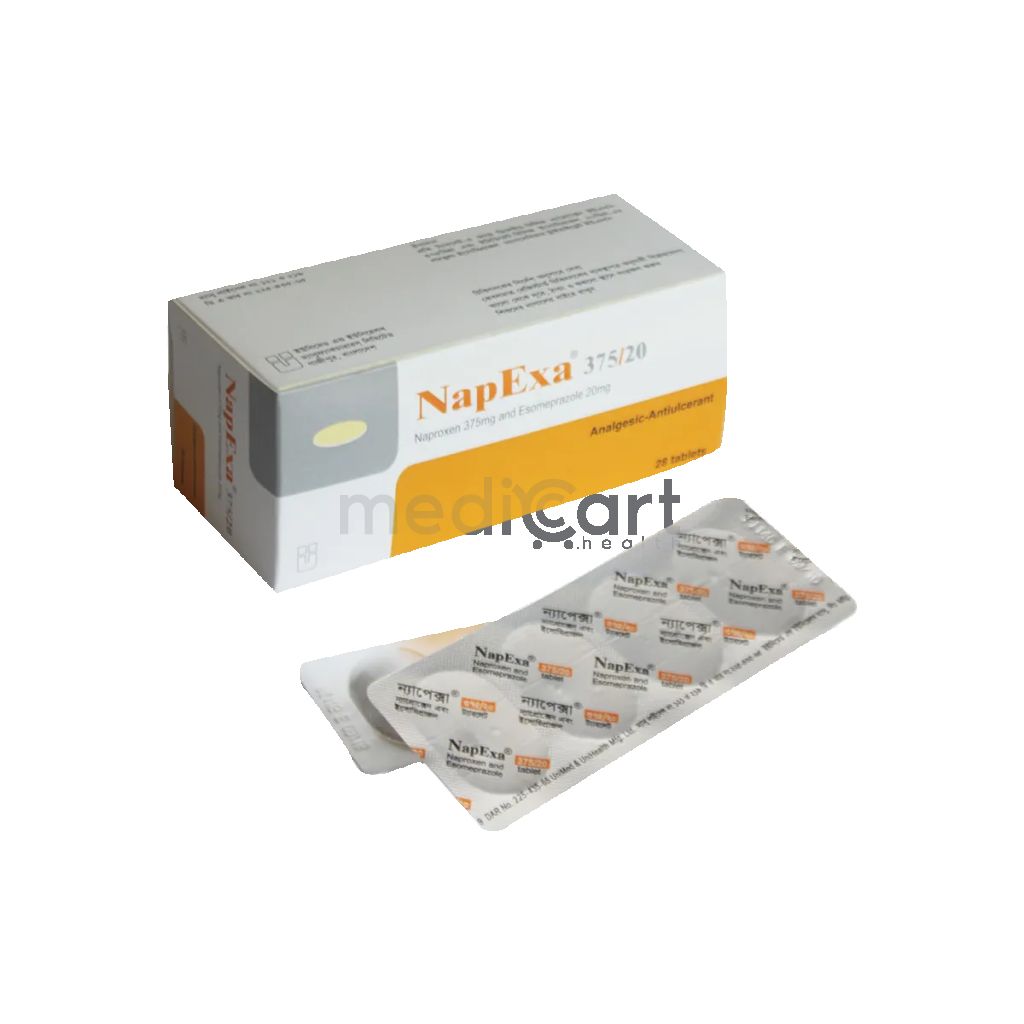

Arsenor - 10 MG
Tablet
Pack Size :
10 Tablet x 1 Strip
Generics :
Apremilast
Manufacturer :
Beacon Pharmaceuticals Ltd.
Best Price *
TK
250.00
* Delivery will be done in Dhaka city only.
More Information About - Arsenor - 10 MG
Description
Generic Name
ApremilastPrecaution
Apremilast is associated with an increase in adverse reactions of depression. Before using, evaluate patient for history of depression and/or suicidal thoughts or behavior. Weight decrease of 5-10% of body weight. Monitor weight regularly. If unexplained or clinically significant weight loss occurs, evaluate weight loss and consider discontinuation of Apremilast. Lactation: Unknown if distributed in human breast milk; caution requiredIndication
Active psoriatic arthritis, moderate to severe plaque psoriasisContra Indication
Known hypersensitivity to apremilast.Dose
N/ASide Effect
1-10% Diarrhea (7.7-9.3%),Nausea (7.4-8.9%),Headache (4.8-5.9%),Upper respiratory tract infection (0.6-3.9%),Vomiting (0.8-3.2%),Nasopharyngitis (0.2-2.6%),Upper abdominal pain (0.6-2%)Pregnancy Category
Name : Not Classified
Description
FDA has not yet classified the drug into a specified pregnancy category.Mode of Action
Apremilast is an oral small-molecule inhibitor of phosphodiesterase 4 (PDE4) specific for cyclic adenosine monophosphate (cAMP). PDE4 inhibition results in increased intracellular cAMP levels. The specific mechanism(s) by which apremilast exerts its therapeutic action in psoriatic arthritis patients and psoriasis patients is not well defined.Interaction
Coadministration with strong CYP inducers (eg, rifampin, carbamazepine, phenobarbital phenytoin) may occur and result in a loss of efficacy of apremilast; therefore, coadministration is not recommended.Pregnancy Category Note
Pregnancy Available pharmacovigilance data use in pregnant women have not established a drug-associated risk of major birth defects, miscarriage or adverse maternal or fetal outcomes, but data are extremely limited Based on findings from animal reproduction studies, may increase the risk for fetal loss Lactation There are no data on the presence of apremilast in human milk, the effects on the breastfed infant, or the effects on milk production Detected in the milk of lactating mice Consider developmental and health benefits of breastfeeding along with the mother?s clinical need and any potential adverse effects on the breastfed infant or from the underlying maternal conditionAdult Dose
Active psoriatic arthritis, moderate to severe plaque psoriasis for whom phototherapy or systemic therapy is appropriate. To reduce risk of gastrointestinal symptoms, titrate to recommended dose of 30 mg twice daily according to the following schedule: Day 1: 10 mg in morning Day 2: 10 mg in morning and 10 mg in evening Day 3: 10 mg in morning and 20 mg in evening Day 4: 20 mg in morning and 20 mg in evening Day 5: 20 mg in morning and 30 mg in evening Day 6 and thereafter: 30 mg twice daily Hepatic impairment: No dosage adjustment requiredChild Dose
N/ARenal Dose
Severe renal impairment (CrCl <30 mL/min): Reduce dose to 30 mg PO qDay Mild-to-moderate renal impairment: No dosage adjustment requiredAdministration
To reduce risk of GI symptoms associated with initial therapy, titrate to recommended dose (30 mg PO BID) according to the dosage schedules listed above Can be administered without regard to meals Swallow tablet whole; do not crush, split, or chewDisclaimer
The information provided herein are for informational purposes only and not intended to be a substitute for professional medical advice, diagnosis, or treatment. Please note that this information should not be treated as a replacement for physical medical consultation or advice. Great effort has been placed to provide accurate and comprehensive data. However, Medicart along with its authors and editors make no representations or warranties and specifically disclaim all liability for any medical information provided on the site. The absence of any information and/or warning to any drug shall not be considered and assumed as an implied assurance of the Company.


